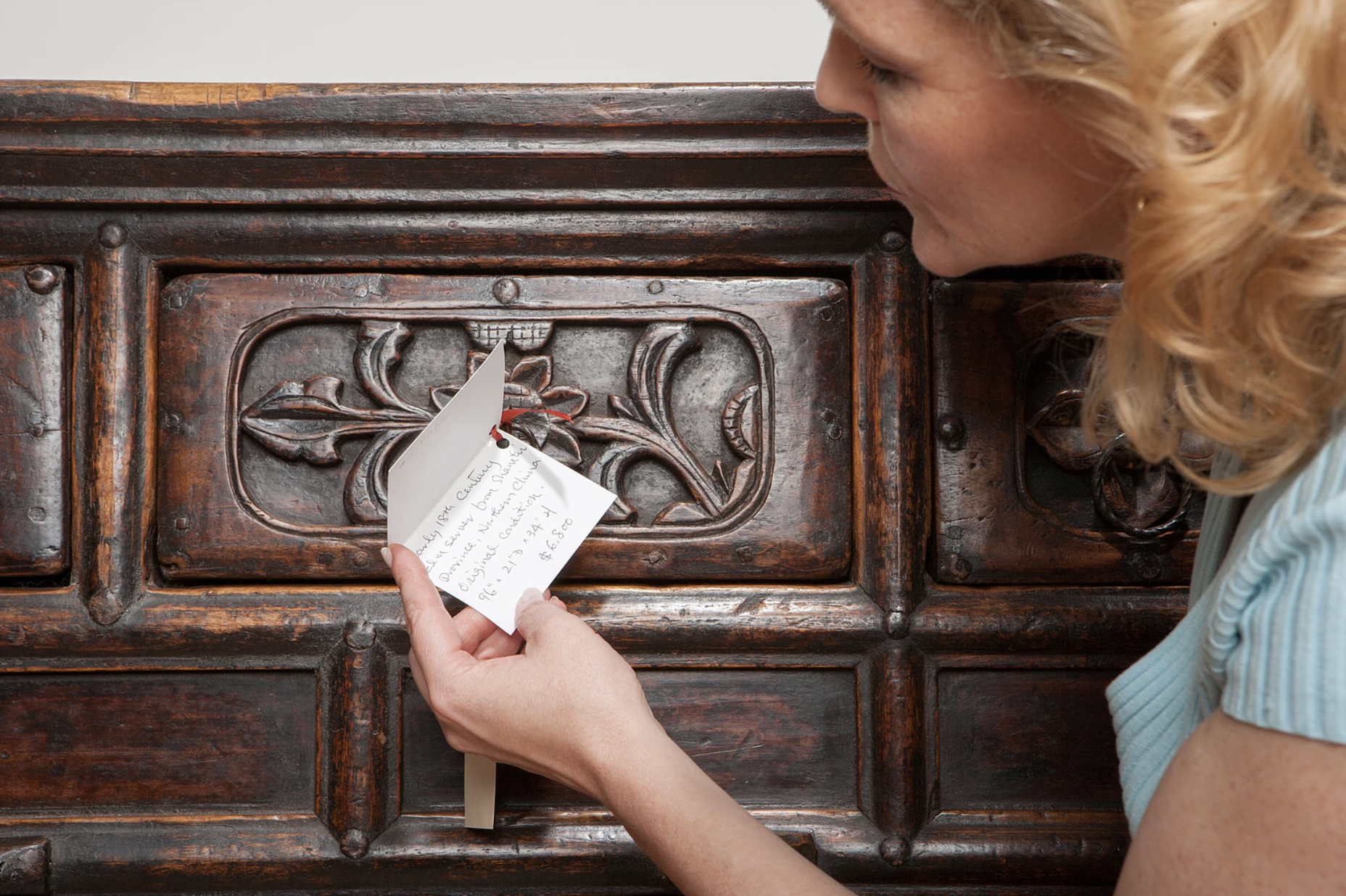A Guide to Good Furniture Care

How to Remove a Permanent Marker Stain
December 2, 2018Throughout my long career in the cleaning industry, I’ve typically been asked, “What is the proper way to care for my fabric?” After all, you have actually bought your desire furnishings piece but you’re frightened to use it out of worry of harming it. However, you do not need to reside in worry! After considerable research study and screening, I have actually located the complying with standards and also tips to be helpful.
Upholstered Furnishings
As a result of the wide variety of fabrics and also fiber mixes, there is no warranty that these techniques will certainly be entirely effective and I recommend that a professional furniture cleaner is gotten in touch with specific situations. Nonetheless, these simple options will keep your brand-new furniture crisp and clean for years!
1. Vacuum a minimum of once a week to get rid of grit that can trigger abrasion, as well as be sure to dust vacuum the leading surface areas as often as feasible. Cleaning is the very best method to make a slightly soiled sofa look brand-new once more, however, regular vacuuming will make specialist cleansing a much less constant event. (Never ever comb any type of fabric with a tight fiber or metal brush, given that they’re devastating to the fibers. Instead, use your vacuum cleaner add-ons like the upholstery brush or the attachment for dusting drapes and also furnishings. The last brush has longer bristles and also is much less unpleasant to your furniture material. It may be your ideal option if your fabric should have a softer brushing.).
2. Reverse the pillows each week after vacuuming. Re-position the furnishings periodically, cushions and cushions loaded with down or comparable supporting product needs to be hand-fluffed as well as turned around frequently to preserve their initial softness and resiliency.
3. Shield textiles from the sun. Fabrics should not be placed in direct sunshine because the ultraviolet light will trigger the fibers to deteriorate and fade or discolor. Occasionally dyes can fade from contamination in the air as well, yet protection from the sunlight is an excellent way to stop premature loss of color. 4. Keep pets off the furniture. Family pet urine and animal body oil can be challenging to remove.
5. Usage appropriate treatment with architectural weave textiles (where the style is produced by the weave) to protect against snags. These fabrics may be cleaned by sprinkling completely dry powder cleaner over the fabric, spreading it consistently and allowing it stand for the suggested period prior to vacuuming with gentle suction. (Nevertheless, I do recommend professional cleaning products with discolorations on a woven textile.). 6. Caution those using clothing with transferable dyes, such as blue jeans, that the dye could move onto light furniture.
Textile Cleaning Guide.
Today’s new fabric therapies boost the chances of your fabric’s survival. Fabric protection products are normally applied by the store for an added expense. Most of the different brands function the same way by triggering spills as well as dirt to remain on the surface area of the fiber as opposed to moving to the fiber’s interior. Today’s fiber protection items are without ozone harmful chemicals, and also a lot of are hypoallergenic as well as unseen to the eye. Some also supply added UV defense from shade fading triggered by intense light. Among the best advantages of fabric protection items is that they come with particular composed guarantees that give peace of mind. Whether your brand-new furniture has actually been material shielded or not, you need to comply with the same fundamental standards in cleaning liquid spills or surface soil that can’t be rejected (such as paper ink).
Material Cleaning Codes:
Before attempting to clean up a spill or spot on your furniture, you ought to determine the textile and also the appropriate cleaning approach recommended by the supplier. This information is represented by a cleaning code (W, S, WS, or X) usually located under a pillow, under of the furnishings or on the maker’s tag. If you can not locate this information, call your sales representative at the furniture store where the items were acquired.
W– Spot clean only with water-based shampoo or foam furniture cleaner. S– Area clean just with water-free cleaning solvent. Do not over wet. DO NOT USE WATER. WS– Area clean with upholstery shampoo, foam from a mild detergent, or a light dry cleaning solvent. Do not over wet. X– Clean just by vacuuming or light cleaning with a non-metallic brush. DO NOT USE WATER OR DRY CLEANING SOLVENTS. Do not make use of a foam or fluid cleanser of any type of kind.
Never ever apply cleansing services to visible areas of your upholstery textile without very first screening on areas that are not noticeable. It is essential to pretest for color loss and also textile compatibility.
Cleaning Instructions:
As a basic rule, when a spill occurs, it is important to clean up the textile quickly. The longer a spot stays, the more difficult it is to remove. It may even become permanent.
Blot, don’t scrub. If the spill is still “fresh”, utilize a clean, completely dry as well as really absorptive 100% cotton fabric. Ought to you have to utilize paper towels to blot out spills, make certain the paper towel (or fabric) is white, as colors in the towel may, when related to a damp surface, discolor onto the upholstery. Color from one textile can abrade onto an additional fabric.
If blotting with a dry cloth does not work and you have cleaning up instructions from the furnishings producer, follow those. If none are readily available, utilize the guidelines provided here. I hope this information has actually been informative. Utilize these tips when required, but most notably, enjoy your upholstered item– it was meant to be made use of!


